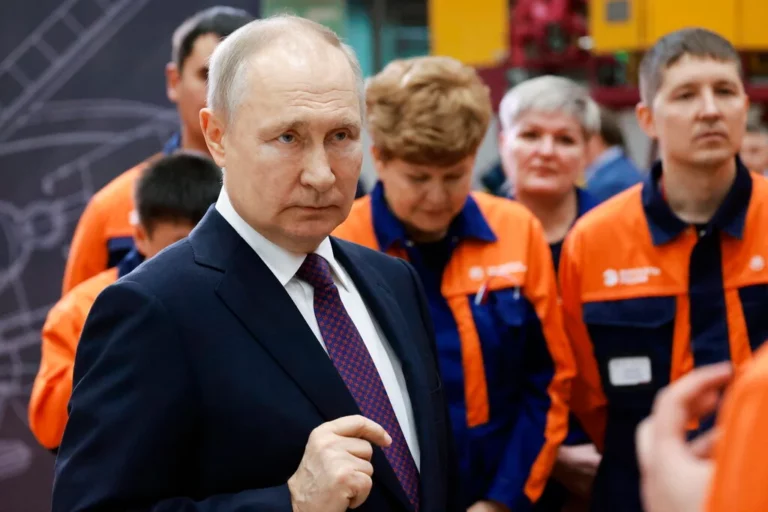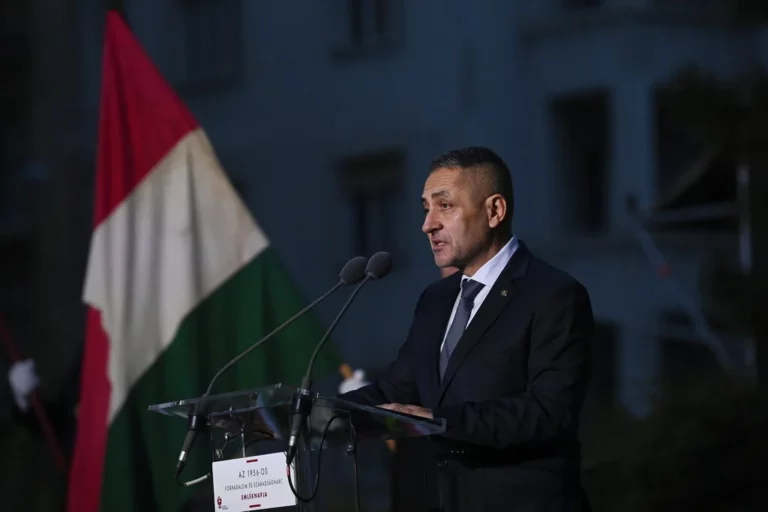The Hungarian Revolution of 1956
State secretary marks anniversary of 1956 martyr Imre Nagy’s reburial
The deeds of Imre Nagy, the martyred prime minister of Hungary's 1956 anti-Soviet uprising, carry the message that Hungary's national...
Russian media: 1956 revolution in Hungary organised by Western powers

Hungarian man injured in 2006 street clashes laid to rest

Government: Hungarians can only count on themselves

Anniversary of 1956 defeat: flag flown at half-mast in front of Parliament

MEP Gyöngyösi: Orbán embarrassed by Hungarians taking up arms against Russians
Sponsored content MEP Márton Gyöngyösi's (Non-attached) thoughts via press release: It’s been a long time since the dawn of Hungary’s...
1956 fusillade victims commemorated in Budapest
A commemoration was held in Budapest to pay tribute to the victims of a fusillade that took place near Parliament...
Hungarian minister commemorates 1956 uprising in US – photos

ChrisDems: Nothing new about Hungarians dedication to freedom and sovereignty

Hungarian opposition parties commemorate 1956 uprising

Orbán: We are capable of protecting Hungary’s interests

Orbán: Hungary stood real chance of independence in 1956
Hungary stood a real chance of winning independence in 1956 and "only the Hungarians can show the world the truth...
PHOTOS: March in honour of the heroes of the 1956 revolution
Between 21 and 23 October, the Gloria Victis 1956 Commemoration takes place in Budapest with the participation of more than...
PHOTOS: Ceremonial flag raising on Kossuth Square, Budapest
As is tradition, at 9 AM, the programmes began with the flag-raising ceremony on Kossuth Lajos Square in front of...
23 October: Hungarians have never given up freedom

Commemorations: Budapest traffic to change fundamentally this weekend

The incredible story of the freedom fighter sentenced to death at the age of 21

1956 Hungarian freedom fighter Wittner dies aged 85






